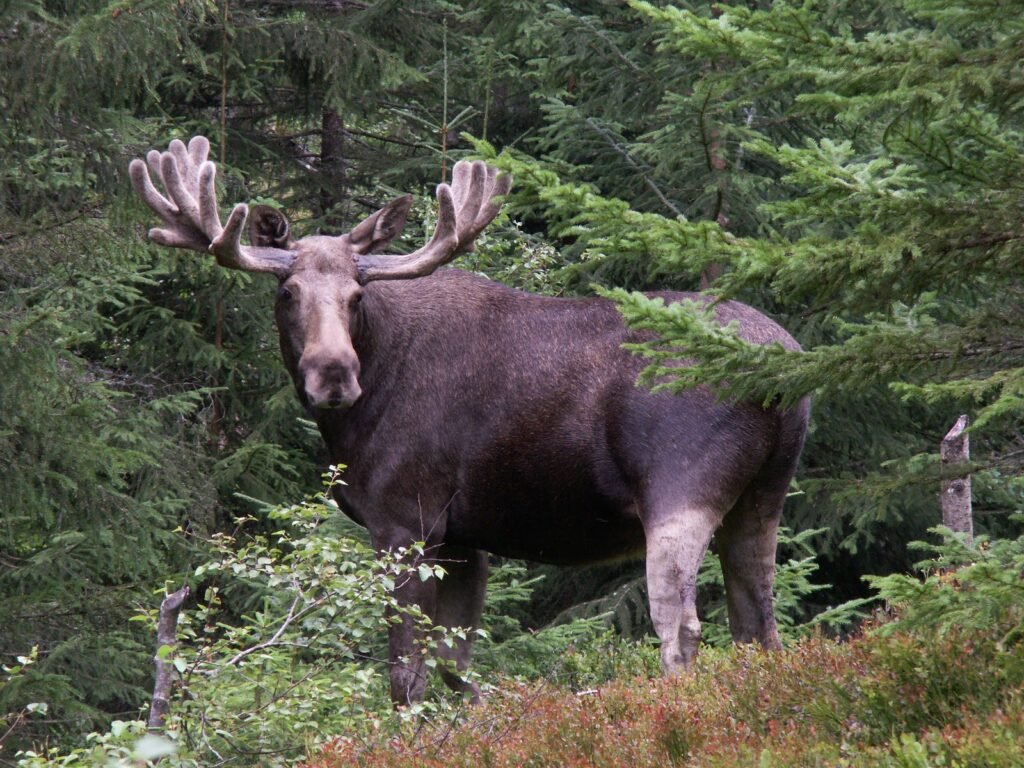The ground is actually blowing up in the far-off, frozen Yamal Peninsula of Siberia. Massive craters some as wide as 70 meters (230 feet) and deep enough to swallow a high-rise have started to show up without warning in 2014, leaving gaping wounds in the permifrost. These are violent, explosive events, hurling bits of earth hundreds of meters away leaving scorched vegetation in their wake, not slow erosions or slow sinkholes. These craters, which could have far-reaching effects on the Arctic and the earth, are today thought to be the outcome of a dangerous mix of climate change, unusual geology, and trapped methane gas.
The First Craters: A Sudden and Violent Mystery

The first of these craters was discovered in 2014 by helicopter pilots flying over the Yamal Peninsula. Dubbed GEC-1, it was an entirely new feature in permafrost science, a near-perfect cylindrical hole, 20 meters (66 feet) wide and 52 meters (171 feet) deep, with scorched edges suggesting an explosive origin 4. Since then, at least similar craters have been confirmed across Yamal and the neighboring Gydan Peninsula, with new ones appearing almost every year.
Eyewitness accounts from local reindeer herders describe flames and smoke shooting into the sky after one explosion in 2017, with fire reaching heights of 4–5 meters (13–16 feet) and burning for 90 minutes. The force is so immense that blocks of frozen soil weighing several tons are ejected like shrapnel, leaving behind a raised rim and a deep, water-filled pit.
The Hidden Culprit: Methane Under Pressure

At first, scientists suspected thawing permafrost alone was to blame. But new research reveals a more complex mechanism: methane hydrates, ice-like structures that trap gas molecules under high pressure and freezing temperatures, are destabilizing and exploding.
Deep beneath the permafrost lies a layer of methane hydrates, sandwiched between thick ice and cryopegs pockets of unfrozen, ultra-salty water. As the Arctic warms, the active layer of soil (which thaws seasonally) grows deeper, allowing meltwater to seep down. This water is then drawn into the cryopegs via osmosis, a process where liquid moves to balance salt concentrations. But the cryopegs can’t expand so pressure builds until the ground cracks open.
When the pressure drops suddenly, the methane hydrates below decompose explosively, releasing vast amounts of gas in a matter of seconds. “It’s like popping a champagne cork,” says Julyan Cartwright, a geophysicist involved in the study. “Except this cork is made of frozen dirt, and the bottle is the size of a football field”.
A Climate Feedback Loop: More Warming, More Explosions

The Arctic is warming 2.5 times faster than the global average, and Siberia is ground zero. Each explosion releases methane, a greenhouse gas 28 times more potent than CO₂ over a century. This creates a vicious cycle:
- Warmer temperatures → deeper permafrost thaw → more methane explosions → more warming.
Already, researchers estimate that Siberia’s permafrost holds twice as much carbon as the entire atmosphere. If even a fraction escapes as methane, it could accelerate climate change beyond current projections.
A Threat Beyond the Craters: Russia’s Energy Crisis
The explosions are a geopolitical and financial risk as much as a scientific interest. Including vital oil and gas infrastructure, two-thirds of Russia is covered in permafrost.
One of the worst Arctic environmental tragedies in decades, a fuel tank in Norilsk collapsed in May 2020 from thawing permafrost, spewing 21,000 tons of diesel into rivers.
The instability of the ground poses a threat to 70 percent of the Russian Arctic transportation infrastructure, leading to annual costs in the range of $2.3 billion.
The dependence of Russia on fossil fuels as well as the war in Ukraine has slowed climate adaptation efforts, which has left pipelines, mines, and storage tanks at risk despite their Paris Agreement pledges.
Could This Happen Elsewhere? The Global Risk

So far, these craters appear unique to Siberia, thanks to its thick ice layers, cryopegs, and deep gas deposits. But as permafrost thaws worldwide, similar mechanisms could emerge in:
- Alaska (where methane seeps are already increasing)
- Northern Canada (home to vast subarctic wetlands)
- Greenland (where ice loss is exposing buried methane).
Satellite surveys are now scouring the Arctic for new craters, but without ground data (due to halted Russian collaborations post-Ukraine war), scientists must rely on indirect measurements.
What’s Next? A Race Against Time
Researchers are working to:
- Predict future explosions by monitoring ground deformation via satellite.
- Model methane release to improve climate forecasts.
- Develop early-warning systems for at-risk communities and infrastructure.
But as Ana Morgado, a lead researcher, warns: “We’re seeing a phenomenon that didn’t exist a decade ago. The question isn’t just why it’s happening but how bad it could get”.
Conclusion: A Warning from the Frozen North

More than just a strange geological occurrence, Siberia’s exploding craters are a clear, violent indication of a warming earth. These methane explosions act as a sobering reminder that as the Arctic changes, climate change is about the erratic, explosive consequences hiding under our feet rather than only increasing temperatures.
Scientists are currently relentlessly searching for answers to a phenomenon that might drastically change our future and the temperature.
Sources:

Jan loves Wildlife and Animals and is one of the founders of Animals Around The Globe. He holds an MSc in Finance & Economics and is a passionate PADI Open Water Diver. His favorite animals are Mountain Gorillas, Tigers, and Great White Sharks. He lived in South Africa, Germany, the USA, Ireland, Italy, China, and Australia. Before AATG, Jan worked for Google, Axel Springer, BMW and others.




